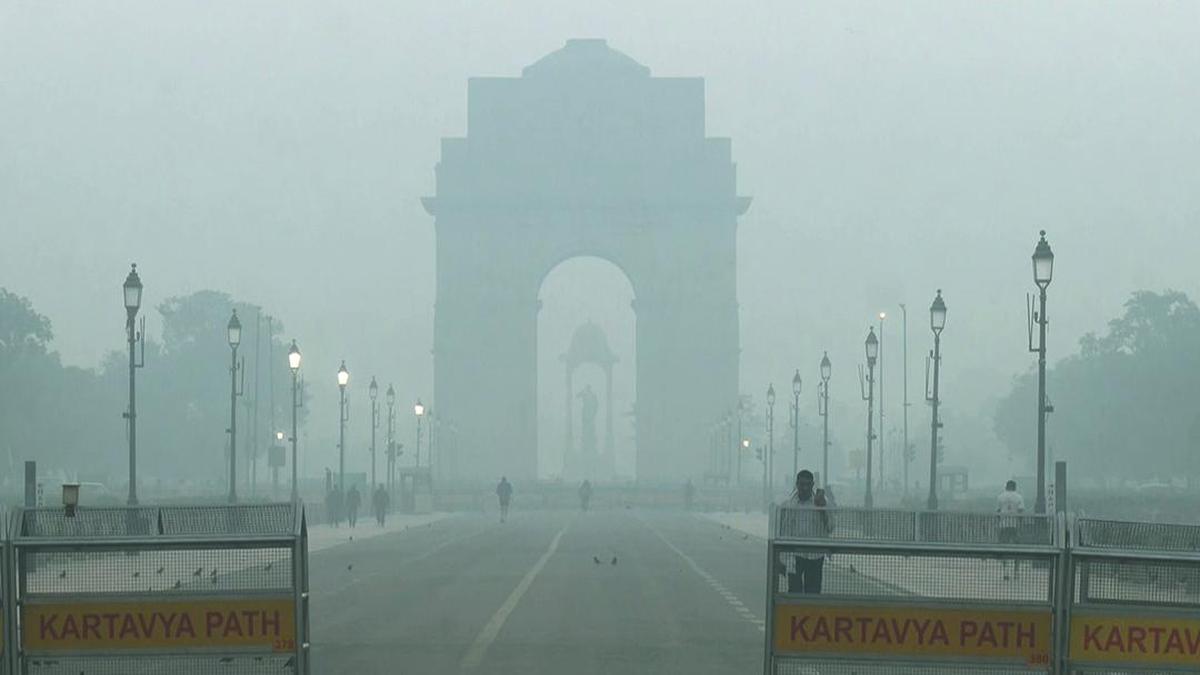Views
30
Some places are so magnificent that they make you feel that God has created them to delight the human race. Situated at the altitude of 11,000 feet, Dzuluk in Sikkim, North-East India is ideal for capturing the picturesque beauty of Kanchanjunga Peak. Not just this, to enter Dzuluk, one needs special permissions from the government authorities. But trust us, it is worth it! The only accommodation facilities available here are of homestays which lend an insight into the diverse culture and traditions of this region. With 32 hairpin turns, the drive here is so adventurous that it completely startles you.
In fact, the state of Sikkim, due to its natural and undestroyed beauty attracts thousands of tourists from all over the world. As per the Sikkim ENVIS Report, Sikkim covers only 0.2% geographical area of the countrys landmass, but has tremendous biodiversity and has been identified as one of the hot-spot in the Eastern Himalayas. The presence of high altitude lakes not only attracts tourists but also acts as a biodiversity hot-spot for migratory birds. In fact, the Sikhim Human Development Report 2014 recognises tourism as one of the most vital sectors for growth, development and job creation here. Tourism industry provided jobs to more than 40,000 people in Sikkim alone. (Sikhim Human Development Report 2014)
However, the Himalayas are continuously under global pressure of climate change, which is adversely impacting its fragile ecosystems, rich biodiversity and sensitive local livelihoods. Forests and climate change are intimately intertwined. According to the United Nations Environment Programme, the forests capture atmospheric carbon dioxide at a rate equivalent to about one-third the amount released annually by burning fossil fuels. Stopping deforestation and regenerating forests, therefore, could provide up to 30 per cent of the climate solution.
Grow-Trees aims to apply this solution at this vulnerable biodiversity hotspot by planting trees at the fringes of the Sanctuary, which will further augment the ecological and wildlife restoration, and improve the quality of life of local rural and tribal dwellers and make them self-sustainable.
Through the plantation of trees in this ecologically sensitive region, Grow-Trees.com will be not only bringing in a vast boom in the tourism industry but also be augmenting other ecosystem services in the region. Through the vast green cover of 15,000 trees, the animal habitat in the vicinity will be improved. This biodiversity habitat will encourage better breeding and shelter for local wildlife species like Red Panda, Red Fox, Golden Jackal, Common Leopard, Asiatic Black Bear, Himalayan Palm Civet, Wild Boar and Barking Deer. Additionally, through the plantation of 15,000 trees, 300,000 kgs of CO2 would be sequestered from the environment, creating a pollution-free future for the upcoming generations in Dzuluk.
A proper well maintained nursery of native trees like Guras, Kapasi, Asarey, Gobre Salla and Juniper was developed in the first step of this afforestation project. These trees will be creating 1200 workdays among the locals – including women self-help groups. Local communities hold the highest knowledge when it comes to their forests and thats why Grow-Trees.com implements the plantation activities from the digging process to the maturity of trees. Through trees, the local communities will be able to attain sustainable income sources in the form of timber-based produce and non-timber based produce. In terms of carbon offsetting, 10,000 trees are going to offset approximately 200,000 kgs of carbon dioxide annually, upon maturity. Additional canopy cover improves habitat for indigenous wildlife including the endangered and endemic, the state animal Red panda along with other associated wild animals.
If you want to contribute to this green cause and Greet your loved ones with our customizable eTreeCertificates®, click here – http://bit.ly/2ksMHMP
Subscribe to our newsletter and recieve a selection of our cool articles every week.

When Mumbai’s Morning Haze No Longer Feels Like Home
Mumbai Weather Update: AQI Turns Severe as Thick Haze Persists, Free Press Journal (FPJ).
Nov 24, 2025

Delhi Is Gasping Again, And This Time, Even the Clouds Refused to Help
Delhi is choking again. AQI levels have slipped into the ‘severe’ zone, cloud seeding failed, and emergency measures barely make a dent. Because the city doesn’t need one-off fixes, it needs long-term healing. Trees remain the simplest, most effective answer. They absorb carbon, trap dust, cool the air, and act as natural lungs. If Delhi wants cleaner winters, it needs more green cover, not just temporary interventions. Clouds may not cooperate, but trees always will.
Nov 17, 2025
Copyrights @ 2025 All rights reserved by Pangea EcoNetAssets Pvt Ltd.